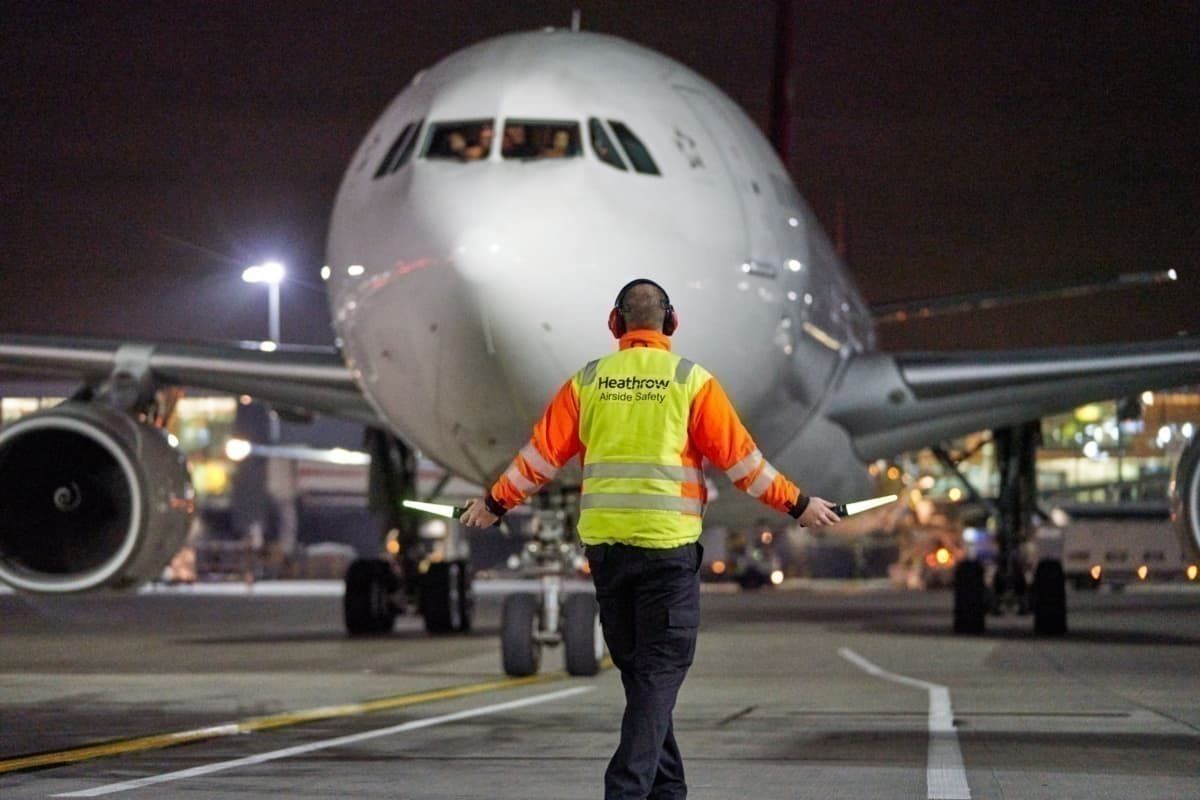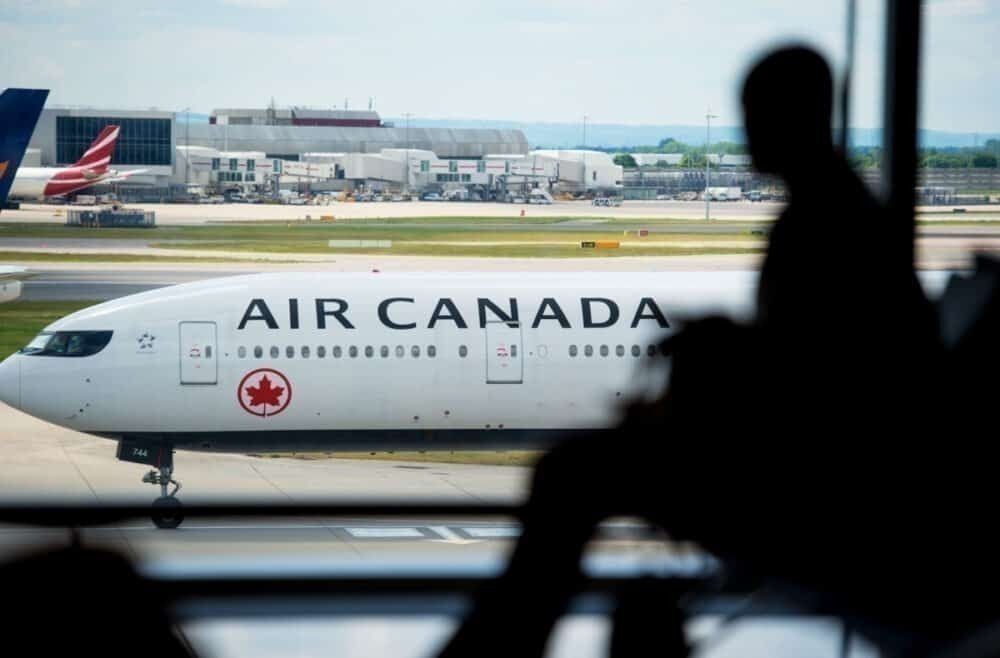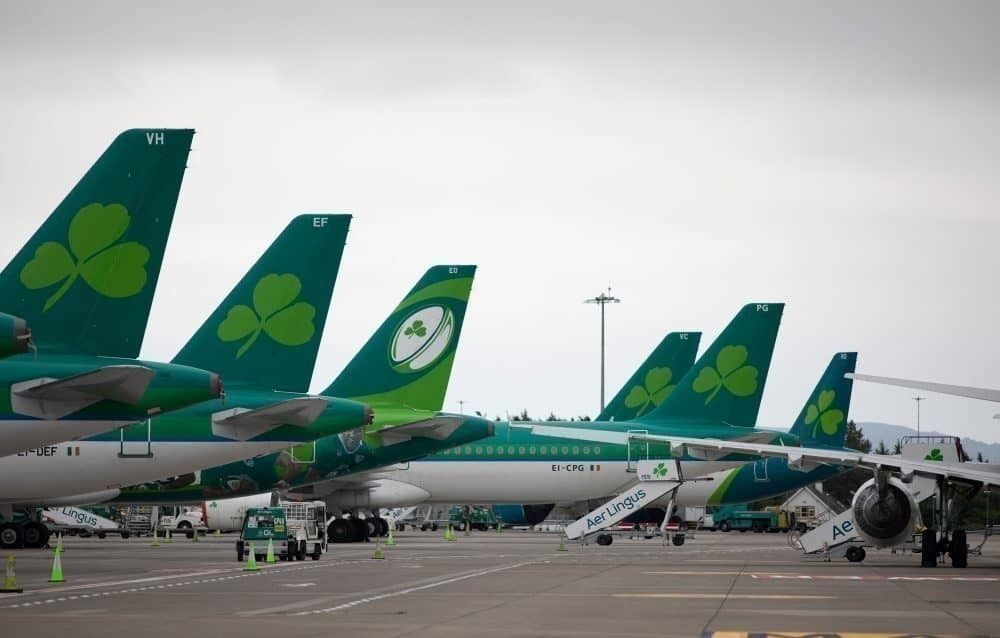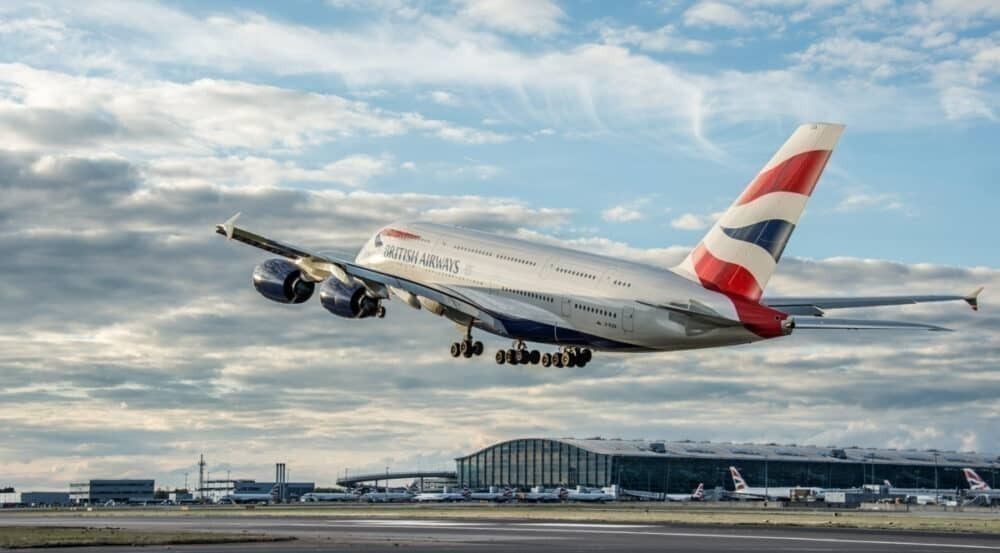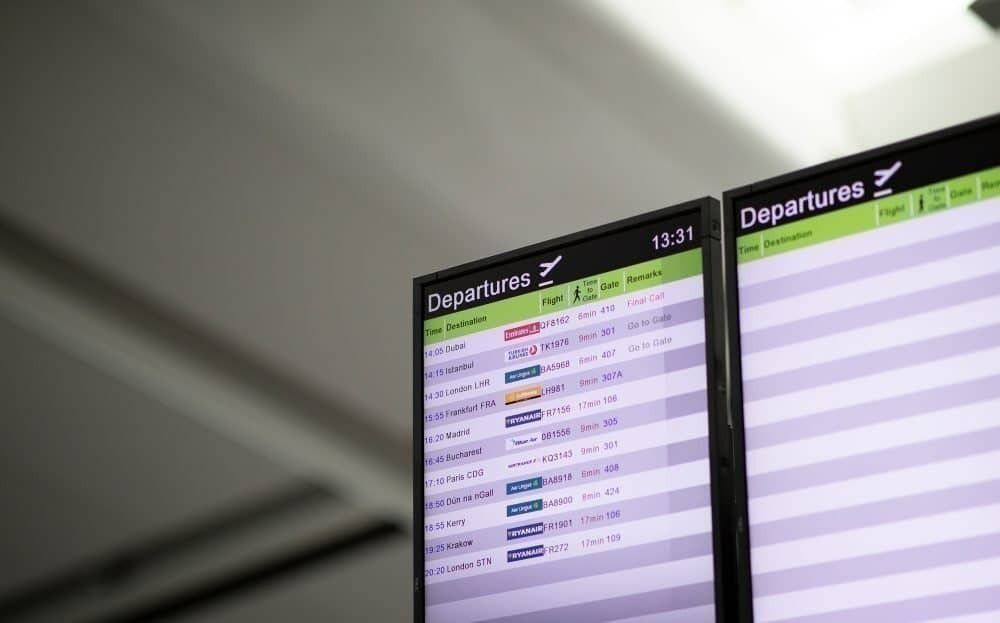It's not exactly breaking news that transatlantic flying is in the doldrums. Flights that are still running are flying nearly empty, and airports are quiet. It's a long way from the optimism of twelve months ago when airlines were adding capacity to their transatlantic routes.
How many passengers are still crossing the ocean? There are reports of as few as 20 per plane. It might make for a comfortable flight, but it is a major burden on those airlines still plying the route.
In addition to the threat of COVID-19, tough border controls are putting the brakes on transatlantic traffic. The European Union nations are closed to regular travelers from the United States. Likewise, citizens of European Union nations cannot enter the United States right now.
Stay informed: Sign up for our daily aviation news digest.
Why do airlines keep flying transatlantic routes?
With the operating environment so severe, why do airlines persist? There are a few reasons.
Firstly, there's a strategic imperative to keep some key routes going. Not many people need to travel, but those who do usually have a good reason. Secondly, keeping key routes open is part of the unwritten social contract between big businesses like airlines and the citizenry. Third, airlines can offset a portion of the losses operating these flights by carrying cargo.
That's why airlines continue to operate nearly empty flights across the Atlantic, what many are referring to as ghost flights.
Travel between Europe and North America accounts for 5% of global airline revenues. It represents big dollars. Particularly impacted are the European legacy carriers.
As far back as March, the impact of COVID-19 on transatlantic passenger numbers was becoming apparent. The initial one-month travel ban imposed by the European Union was estimated to have seen 50,000 flights canceled and revenue from 10 million seats lost. International Civil Aviation Organization data published at the time indicated some 5.5 million seats on transatlantic flights would be lost each month. That was four months ago.
Despite the dire numbers, several airlines are tentatively heading back across the Atlantic. In early July, Air Canada resumed flights to Athens, making it the first North American airline to go back to Greece. United Airlines is adding more flights and options to Brussels, Frankfurt, London, Munich, Paris, and Zurich. Yesterday, Simple Flying reported that French Bee is selling tickets for August flights between Paris and New York.
Transatlantic flights carrying fewer than 20 passengers
But passenger numbers on transatlantic flights are abysmal. Reports are emerging of nearly empty flights into Ireland. According to The Journal, the recently resumed American Airlines flights between Dallas-Fort Worth and Dublin were carrying fewer than 20 passengers. That flight now operates thrice-weekly using a Boeing 787-8. At least, there was room to stretch out for those passengers.
Ireland's decline in airline traffic is among Europe's worst. Irish Aviation Authority statistics reveal that the number of flights handled by Irish air traffic controllers in May decreased by 83% compared to the previous year.
Analysis of Ireland’s overflight traffic heading to or from the Atlantic in May shows an 80% year on year decrease. Some 45,958 flights overflew Ireland in May 2019. That fell to 8,615 in May 2020.
Aer Lingus is currently flying in around 150 passengers a day on its existing services from North America. That's just 3.5% of the usual daily tally of 4,200 passengers off North American flights.
Dublin Airport Authority said just 4,700 passengers flew in and out of Ireland on transatlantic routes in April. Numbers had crept up to 11,000 passengers in June, down 98% on the June 2019 figure.
Tough times on the transatlantic run out of Heathrow
Normally Europe's busiest airport, Heathrow saw just 350,000 passengers travel through it in June, a decrease of 95% on the previous June. Among the routes showing the biggest declines were the transatlantic services. Things are so quiet at Heathrow, they have just closed one of the airport's two runways.
UK Civil Aviation Authority data is only available up to April. That was a particularly grim month for aviation. The two UK based airlines that fly across the Atlantic are British Airways and Virgin Atlantic. In that month, British Airways flew just 13,328 passengers and utilized 18.9% of its available seat kilometers. Over at competitor Virgin Atlantic, 31,297 passengers took a flight, utilizing 16.0% of available seat kilometers.
In April, British Airways was down to just 15 international destinations, including six in North America. At the time, British Airways CEO Alex Cruz described the situation as “a crisis of global proportions like no other.” If only he knew what lay ahead.
The situation was even direr at Virgin Atlantic, which temporarily paused all flying as it tettered on the edge of insolvency. In April, a scheduled Virgin Atlantic flight across to Kennedy flew with just seven passengers.
Busier at Frankfurt but problems at Lufthansa
In contrast, Frankfurt handled nearly twice the passenger numbers. Some 599,314 passengers passed through Frankfurt in June. But that's a 90.9% year on year decline. Further, much of the June 2020 passenger traffic was driven by intra-Europe traffic rather than transatlantic traffic.
European carriers like Lufthansa are among the hardest hit by the downturn in transatlantic traffic. As far back as March, Lufthansa moved to ground the majority of its fleet, dramatically slashing the number of flights across the Atlantic.
The decline in transatlantic traffic isn't new news. It is something we have all watched for months. But we are only now beginning to see the first hard data from April and March. Things have moved along at a fair old clip since then.
Reports keep emerging of nearly empty planes. Some of those reports are verifiable, for instance, the recent data from the Irish Airports Authority. American Airlines has also confirmed the numbers on its recently resumed flights to Dublin. It paints a pretty ugly picture.
But on the brighter side, traffic should ramp up considerably when border restrictions on both sides of the Atlantic get lifted. The problem for airlines is trying to establish a timeline for that. However, with transatlantic flying usually providing very significant revenues for the airlines, keeping a presence on the route is vital.
When the market does bounce back, the airlines will want to be perfectly positioned to capitalize on it.

